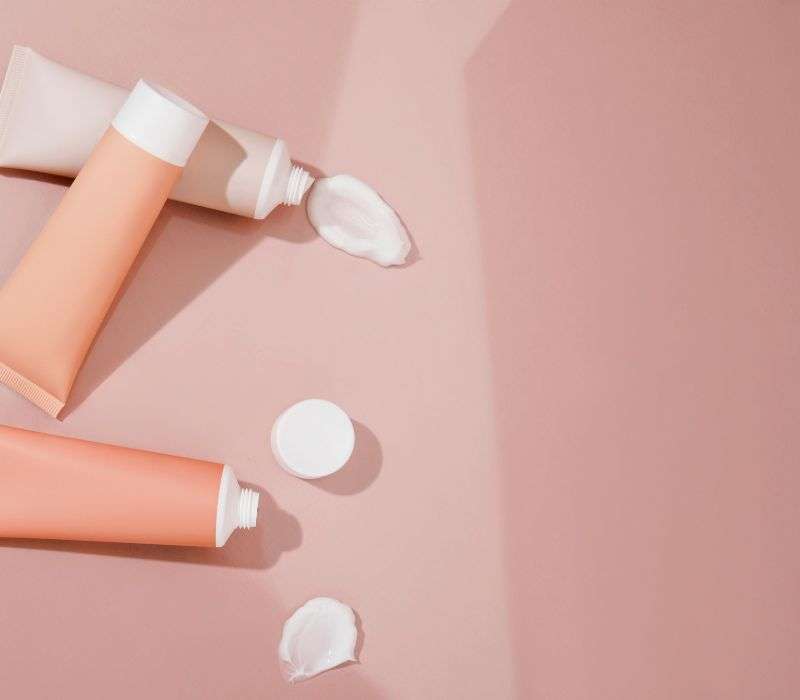

Mar 14,2024
Eye creams are moisturizing commodities that their manufacturers have developed to meet the particular requirements of the delicate human eye area. Utilizing an eye cream daily could help people moisturize their skin in this area to avert dryness while also playing a crucial role in maintaining a healthy skin barrier. Additionally, eye cream helps promote the under-eye skin by making it appear firmer, plumper, and smoother. Eye cream manufacturers pack eye creams in eye cream tubes after bulk purchasing those tubes from a well-known eye cream tube provider. When people use eye creams constantly as a part of their everyday regimen, eye creams help decrease the look of fatigue and aging signs around their eyes and provide essential care and moisture to this weak area.
Several eye creams encompass beneficial ingredients that decrease the appearance of wrinkles and keep the skin near the eyes looking bright and healthy. Eye creams contain more hydrating and oil ingredients than other skincare commodities. They are also creamier and thicker than the rest of the goods. Eye creams contain retinol, which helps treat eyes and avert wrinkles. Retinol is derived from vitamin A, which allows the growth of cells. Wrinkles appear due to the aging of the skin and a decline in its capacity to produce cells as speedily as it was younger. When people apply a retinol-rich and hydrating cream, their skin cells experience an energizing rise in development, decreasing wrinkles' appearance.
This blog section discusses some advantages of using eye creams, which will allow you to bulk purchase eye creams from their well-reputed traders.
Eye creams do an excellent job of lessening and smoothing the looks of puffiness and dark spots. This plays a crucial role in more smoothly applying a concealer and ensures that the skin near the eyes does not develop expression lines throughout the day.
Thin skin beneath the eyes is more susceptible and vulnerable to irritants than other face parts. Eye creams contain ingredients specifically targeting this to make the area around the eyes more resilient.
Eye creams contain nourishing and calming ingredients to comfort the skin underneath the eye. They could also be creamy and rich or non-greasy and light with a subtle coldness in temperature.
Aging, allergies, and sleep deprivation cause liquid buildup and puffiness. The ideal eye creams contain ingredients that decrease fatigue's visible signs and thus minimize puffiness.
This blog section discusses the factors people must consider while buying eye creams from their dealers.
People need first to ask themselves why they want to purchase and use eye creams. It is essential to know what they are interested in achieving before shopping. This would let them narrow their options and find an eye cream that meets their requirements. Eye cream manufacturers develop some eye creams to target particular concerns, whereas others have all purposes. If people are uncertain about their primary concern, they can always seek advice from an esthetician or dermatologist. These medical professionals can look at their skin and help them decide which matters must be their topmost priority.
The ideal eye creams contain active ingredients such as vitamin C, hyaluronic acid, or retinol. These ingredients have proved themselves efficient in decreasing aging signs. People would also be interested in guaranteeing that the eye cream they opt for is non-comedogenic, which means it will not block their pores and be ideal for their delicate skin. It is also necessary for people not to purchase eye creams that consist of dyes, fragrances, or other dangerous chemicals. These could irritate the skin near their eyes and do more harm than good. Whenever people have doubts, they should always read the eye cream's ingredient list before purchasing. This would help them circumvent any unneeded surprises and ensure they get the eye cream that will be advantageous for their skin.
The price of eye creams could range from twenty to a hundred United States dollars or more. It is necessary to buy an eye cream that suits their budget and fulfills their requirements. Just because a commodity is more costly does not necessarily tell us it is better. Several premium-quality eye creams are economically priced. Thus, people should read reviews and research to find the ideal eye cream for their budget and requirements. People might discover great eye creams at their local drugstore.